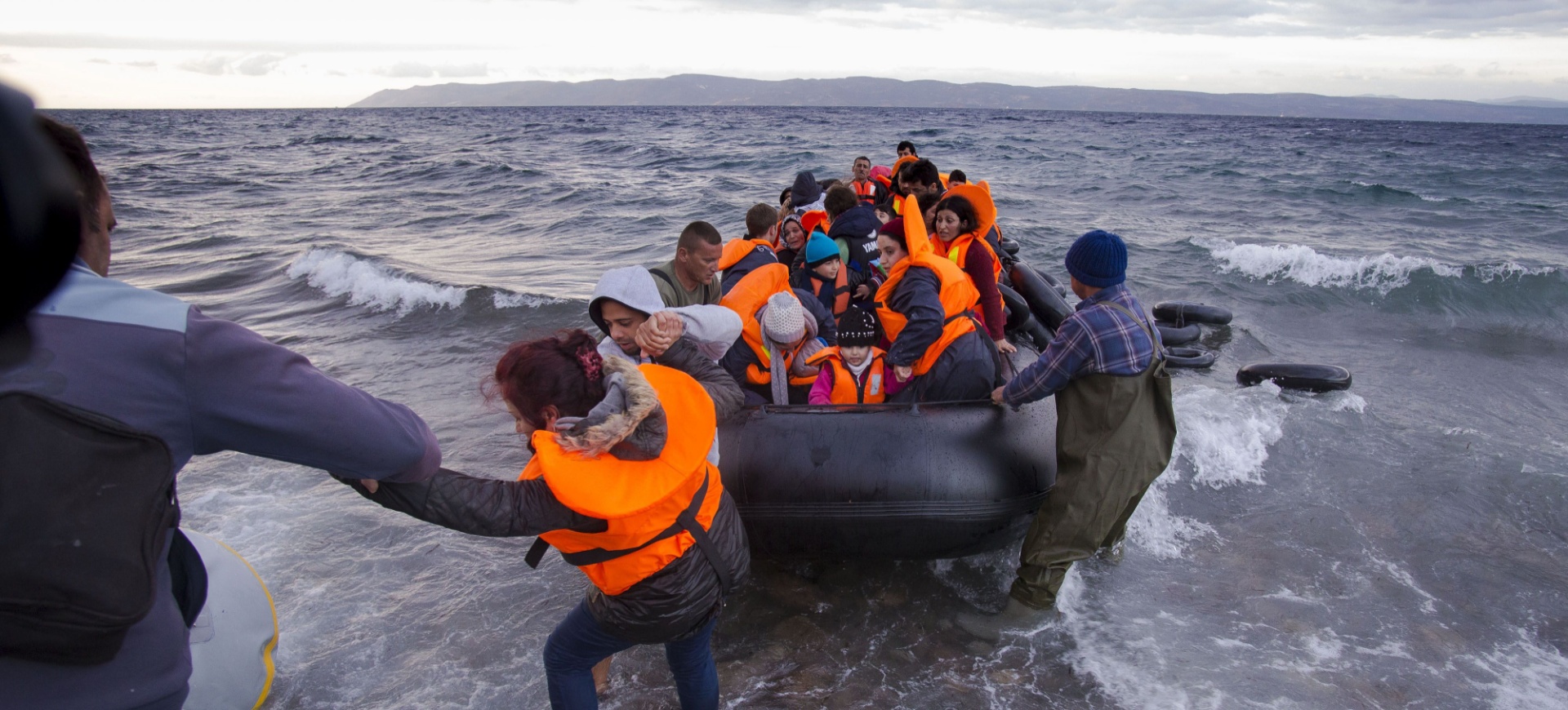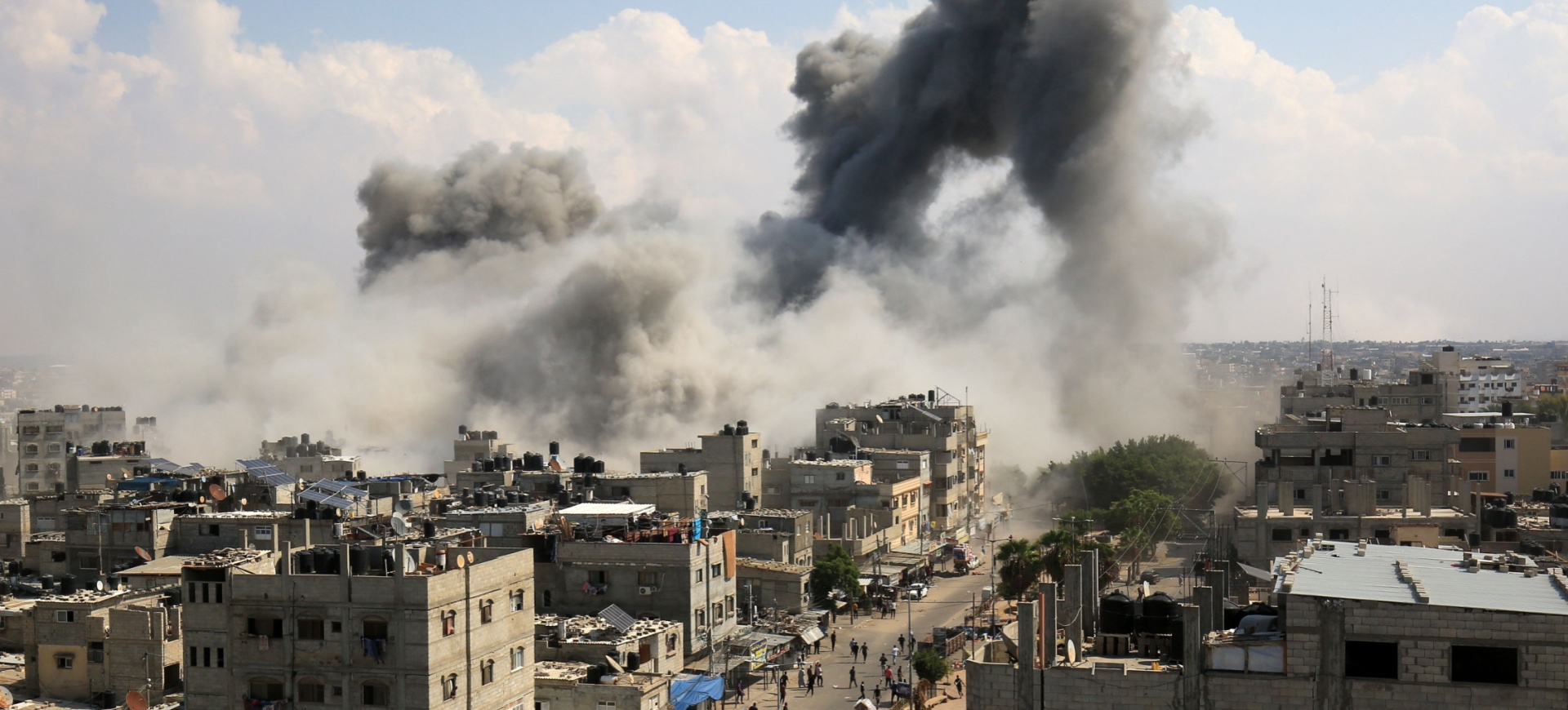Financing development
As it aims at comprehensive economic and social improvements, the World Bank is sharpening its focus in relevant areas. David Malpass, president, World Bank Group, details the programmes under way that target shared prosperity and seek to overcome challenges that continue to stunt opportunity
The World Bank Group seeks to help countries achieve improvements in growth, job creation, poverty reduction, governance, the environment, climate adaptation and resilience, human capital, infrastructure and debt transparency.
To meet the world’s development goals, the WBG is increasing its focus on country programmes to improve growth and development outcomes. The best starting point is for strong leaders to guide programmes that make sense in the economic and political environment, and we are expanding support for countries at lower levels of income and states affected by fragility and conflict. The aim is to effectively address issues central to the WBG mission, while considering challenges such as the global slowdown in growth and the surge in debt that does not deliver real benefits.
Global growth has continued to weaken, and momentum remains fragile. For emerging-market and developing economies, lacklustre investment is particularly concerning. Investment growth in these economies, which is expected to remain weak and below historical averages, is being held back by sluggish global growth, limited fiscal space and structural constraints that misallocate or discourage investment, such as poor business environments, labour and product market controls, and weak governance. Subdued investment weakens foundations for the sustained growth that is needed to alleviate extreme poverty and advance shared prosperity.
In an era of low interest rates, government borrowing might appear to be an attractive option to finance growth-enhancing investment projects. Debt is often an important tool for development and poverty reduction, and sustainable borrowing can help countries finance investments in essential areas such as infrastructure, health and education. However, to add to growth, debt must be transparent and well managed. Otherwise, it becomes more of a burden than a benefit by increasing vulnerability to crises, eroding the effectiveness of macroeconomic policy and weighing on investment and growth.
Unsustainable debt levels have become increasingly troublesome in the past few years, with incentives often working against transparency. Government debt in emerging market and developing economies is higher than before the global financial crisis by an average of 15 percentage points of gross domestic product. These countries need to strike a careful balance between acquiring debt to promote investment growth and avoiding risks associated with excessive levels and hidden forms of debt.
The insecurity effect
One of the WBG’s biggest challenges is supporting countries affected by fragility, conflict and violence, such as those in the Sahel and the Horn of Africa. We are also carefully monitoring the situation in Venezuela and stand ready to provide support. In these countries, insecurity has already set back development gains, and it is increasing macro-fiscal pressures and contributing to rising levels of extreme poverty.
We need to help countries establish stronger foundations that enable young people to build futures at home and address the root causes of conflict and instability that contribute to forced displacement and migration. Ultimately, any hope of poverty reduction, structural reforms and economic growth in fragile settings is impossible without stability and security.
In the Sahel, a decisive effort is needed by the international community – including G7 leaders and the Sahel countries – to reverse the deterioration of security, enhance state presence and strengthen the social contract. Together with partners in the Sahel Alliance, the WBG is changing the way we do business in the Sahel in several ways: first, by focusing more intently on prevention and on addressing the causes of fragility; second, by remaining engaged during situations of active conflict to re-establish the presence of the state and build resilience; third, by creating the basis for countries to escape fragility – for example, by supporting digital transformation to enhance broadband penetration and lessen the cost of internet access; and finally, by supporting refugees and host communities across the region.
Instability and fragility in the Sahel are driven by land pressures from rapid population growth and climate change. Almost half of the population of 80 million is under 15 years old, fertility rates are among the highest in the world, and there is a lack of economic opportunity, which combine to create a regional ‘fragility trap’. One fundamental driver of change is women’s empowerment. The Sahel Women’s Empowerment and Demographic Dividend Project is increasing women’s and adolescent girls’ access to quality reproductive, child and maternal health services. This helps girls delay marriage and childbirth, stay in school longer and eventually participate in the labour force.
In the 18th replenishment of the International Development Association, WBG resources to the Sahel are expected to be $4.9 billion. But with a strong replenishment, we could envisage an increase to $6.8 billion in IDA19. The Sahel Alliance has been an essential opportunity, not only to better harmonise efforts across donors, but also to focus on hot spots of fragility and address their root causes. We hope this will produce success stories that can be replicated in other regions, helping drive growth, enhance poverty reduction and advance shared prosperity around the world.











